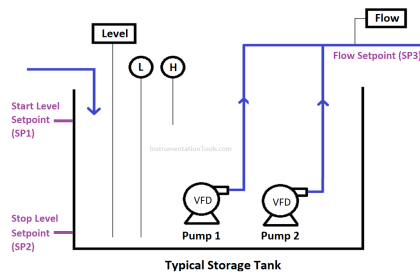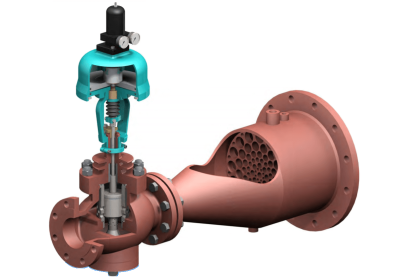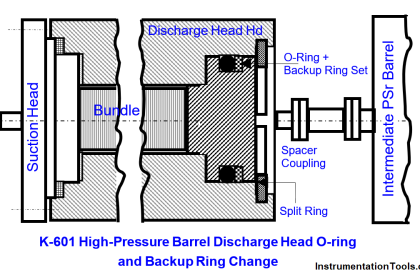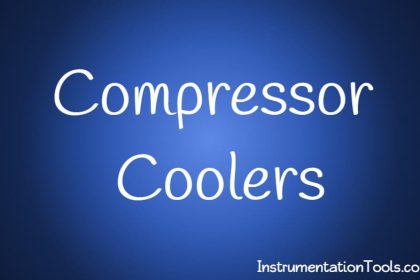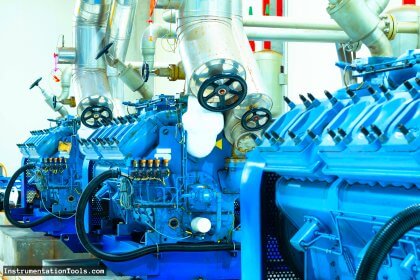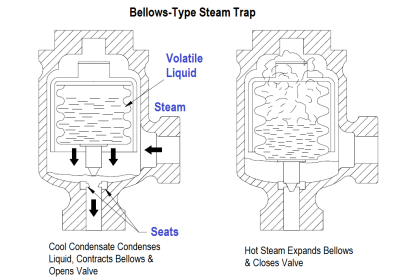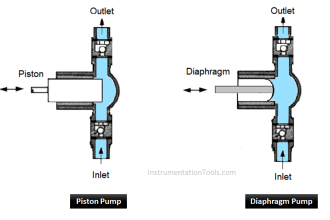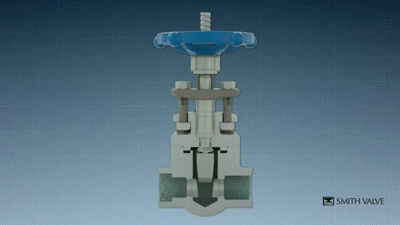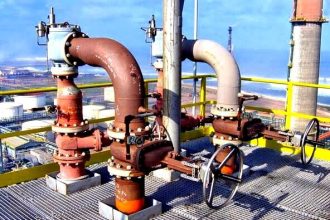Water treatment is generally categorized into three types – effluent, sewage, and normal water. These three types of water have different levels of impurities in them. So, it is necessary to treat them differently. Water treatment has many processes in it for efficiently treating them.
One of the most widely used processes in treating wastewater is the MBR process. If this process is not working properly, then it is difficult to treat wastewater for further use. So, it is important to understand this cycle properly.
In this post, we will learn the concept of the MBR process in water treatment.
Membrane Bioreactor in Water Treatment
As the name implies, MBR stands for membrane bioreactor. First, let us understand the basics so that you will not face issues in getting it. When you treat water, it means you are removing impurities from it. Imagine you have a tea filter in your hand, and you are pouring tea into a cup. The filter will keep tea powder in it and just pass the tea liquid into it. The same thing is done in the filter process of water treatment.
Now, coming back to our topic, waste water is highly contagious and contains various types of impurities from solid to liquid to other types of particles. There are many processes in treating waste water, and in our topic, let us now discuss MBR. This cycle uses a combination of filtration membranes with an active sludge bioreactor.
Waste water contains many solid particles in it, which are not fit for use further. To remove them, a bioreactor will first digest the heavy and solid particles, and then pass the liquid filtered to a membrane for getting clean water. This step is integrated into the very first stage (primary). Effluent or sewage treatment uses this stage for treating the initial bad water before providing it for further processing.
MBR Treatment
Refer to the below image for an understanding of the MBR process. The cycle first starts with raw sewage or feed water entering a screen grid. The screen will remove big particles from the water first. This will prevent the equipment inside the MBR process from getting damaged. The output from the screen will enter the bioreactor.
The bioreactor is designed in such a way that it will support the formation and growth of bacteria or protozoa (biomass). The environment inside that reactor is such that it will nourish easily. These organisms grown will then consume or digest the solid waste from the output of the screen.
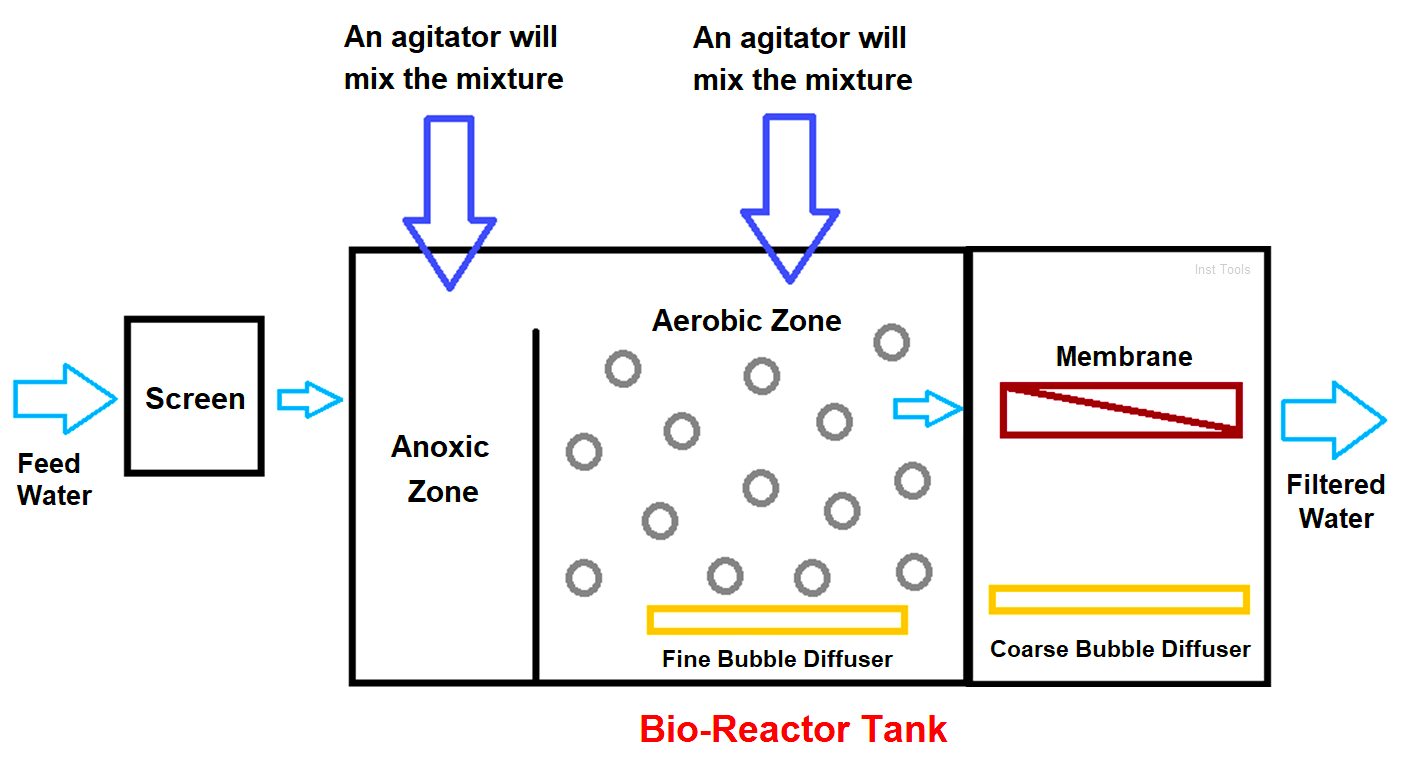
Basically, the reaction inside this reactor can be of three types – aerobic (remove organic matter and provide oxygen for ammonia and nitrate), anoxic (removes nitrogen from nitrates and nitrogen gas), and anaerobic (removes organic matter). This process will give you a hint that the most important requirement here is oxygen.
Oxygen breathes life in the organisms and when the organisms flourish inside with the help of oxygen, then they can easily absorb the hard solids. So, bubble diffusers are used inside the reactors. The bubbles are formed and agitated with the help of air blowers which push them to form bubbles. These bubbles are pushed upwards, creating oxygen layers continuously for the organisms and helping them grow. An agitator is required to continuously mix the mixture formed in the tank. This avoids any formation of stagnancy.
After digestion, most of the solids if extracted as waste from them will move downwards to the sludge line. The sludge line is located below the tank. Due to its heavy weight, this sludge will start to flow through this line and go forward to some sludge dryers. Now, the liquid separated by the microorganisms will move forward to the membrane section.
Membranes mostly used are micro-filter types or ultra-filter types. They remove impurities from the liquid discharged from the bioreactor tank. Many types of viruses, colloids, or pores are easily removed from the membranes. This gives a clean discharged output to further processes.
Role of Industrial Automation in the MBR Process
As water treatment is a very large process and a continuous supply of water is required, industrial automation helps in a very good way for automating the process and executing it smoothly and efficiently.
As you saw that blowers and pumps are used in this tank, they are controlled by PLC logic. The sensors are used for feedback and the most general ones used are pH, FCA (chlorine analysis), turbidity, and DO (dissolved oxygen). These help in giving real-time feedback to the PLC systems and help in controlling the valves or pumps accordingly.
The on-off decision for blowers and pumps is easily controlled by PLC systems and if any pump or blower trips, then its feedback can be used to stop the entire system. This helps in minimizing the bugs in the MBR process automation.
Read Next:
- Centrifugal Compressor
- Magnetic Level Gauge
- What is a Dosing Pump?
- What is a Circulating Pump?
- Temperature Control System

